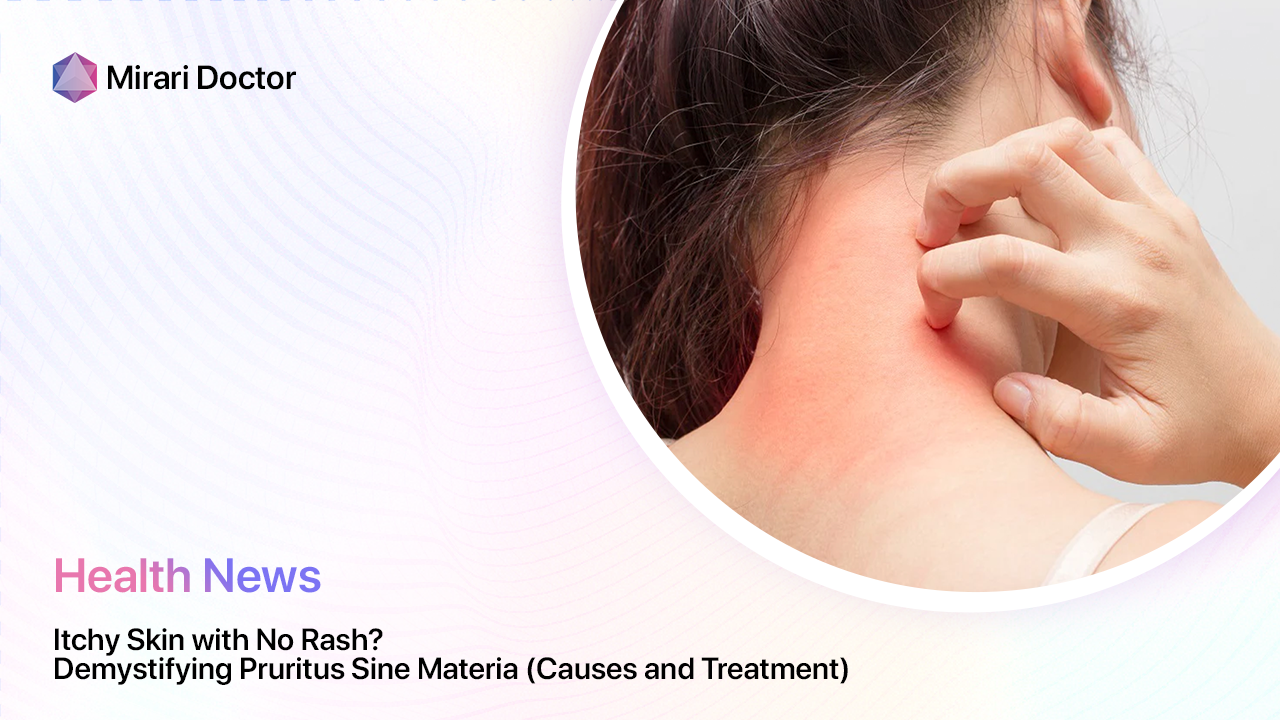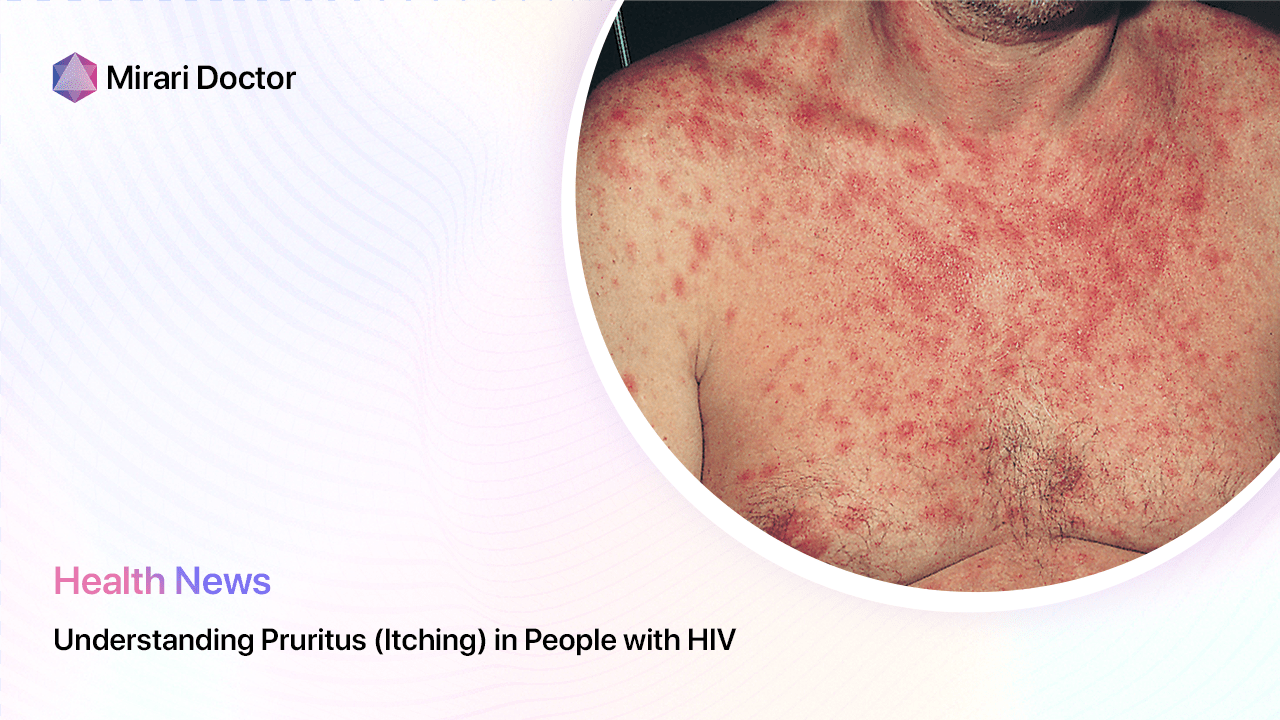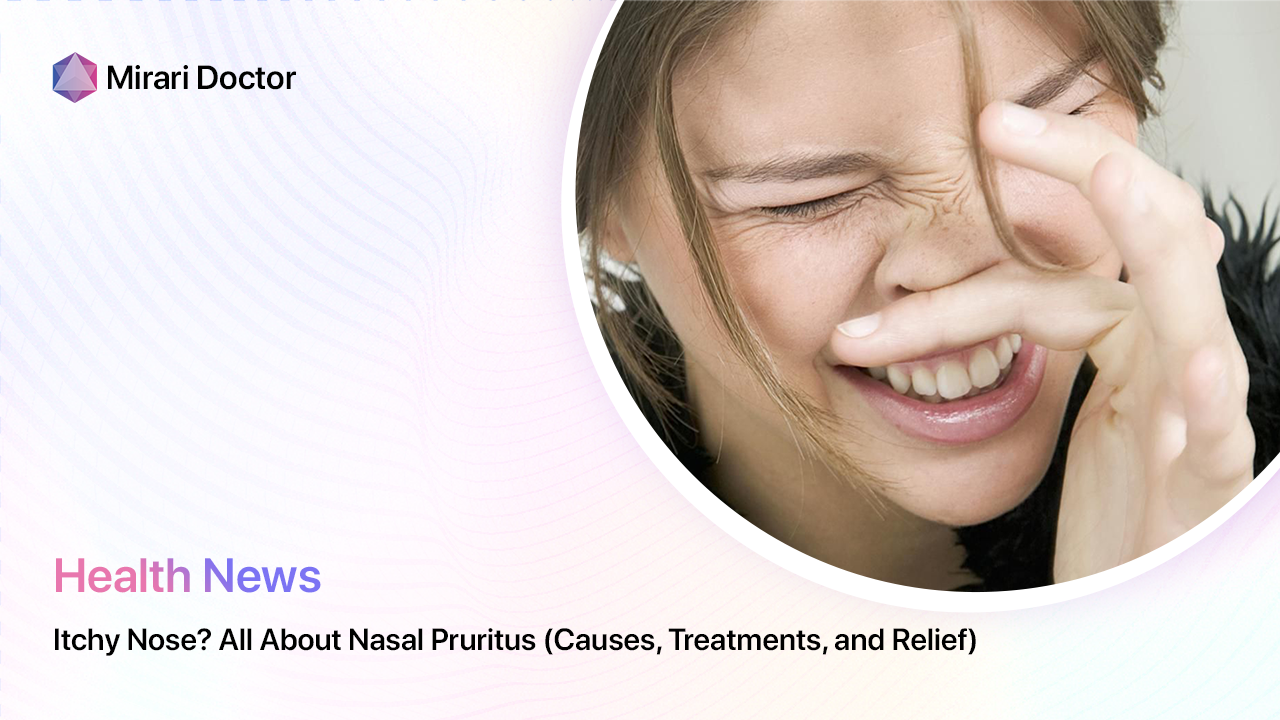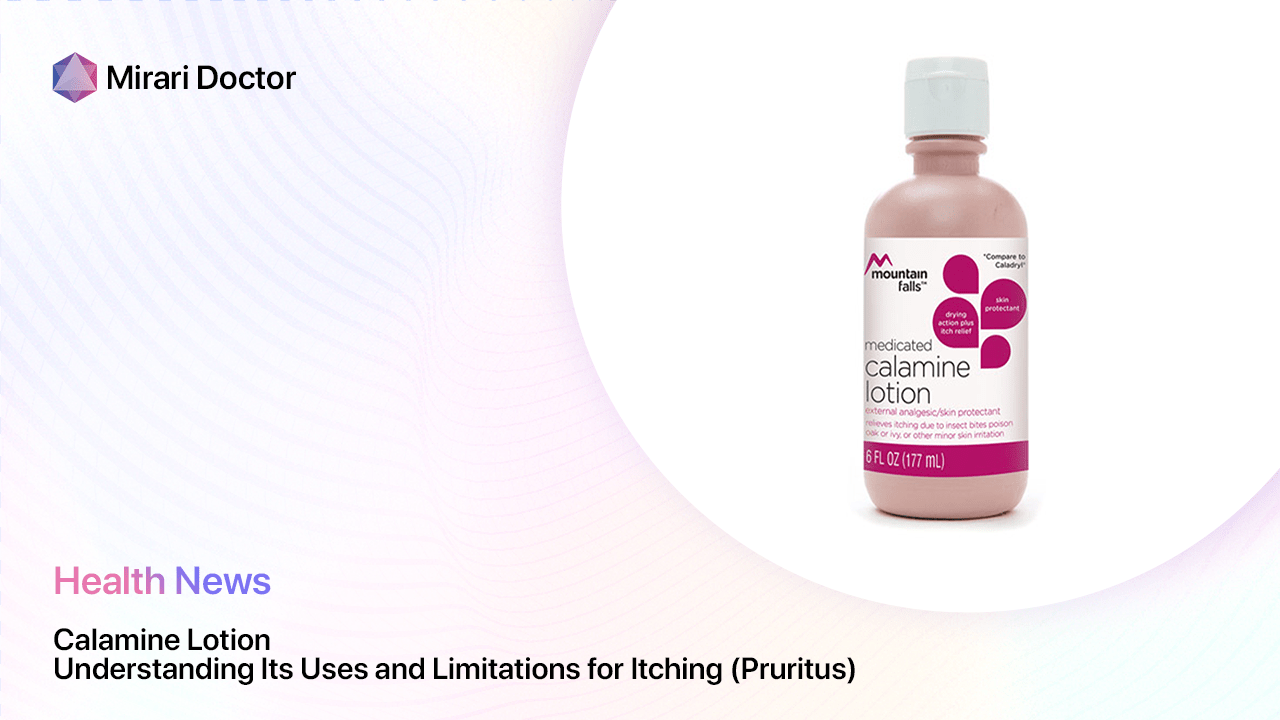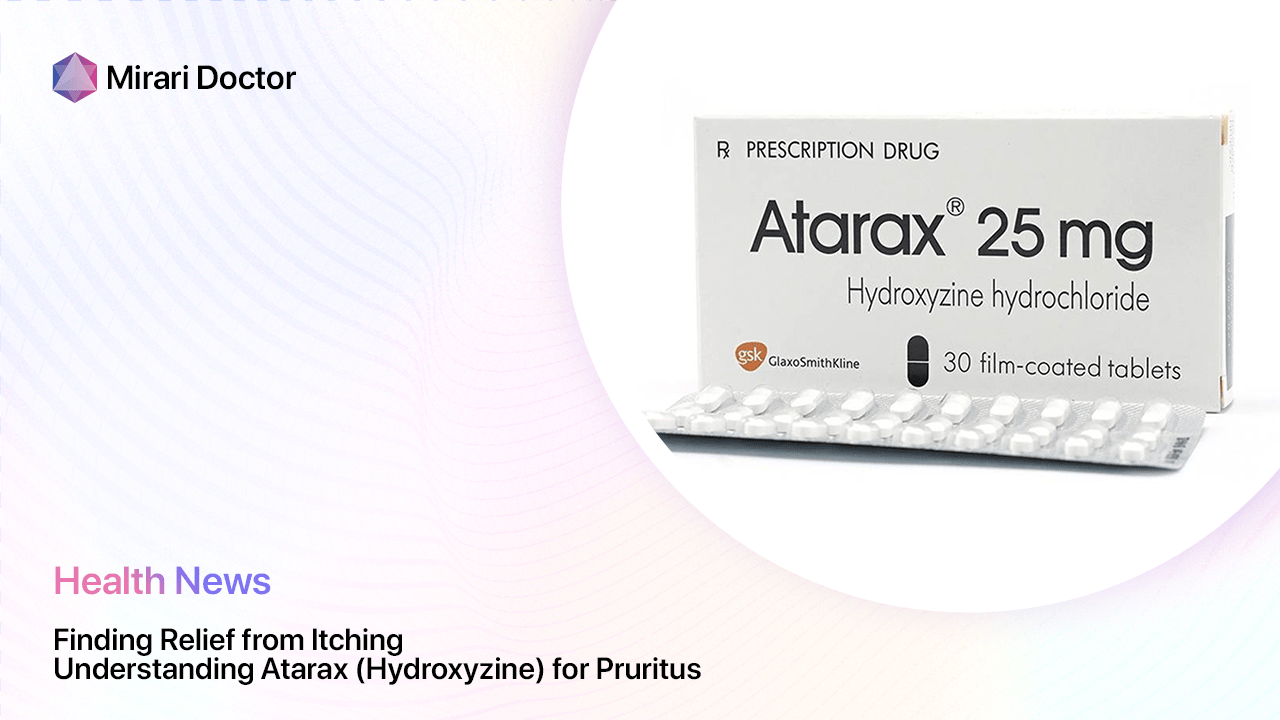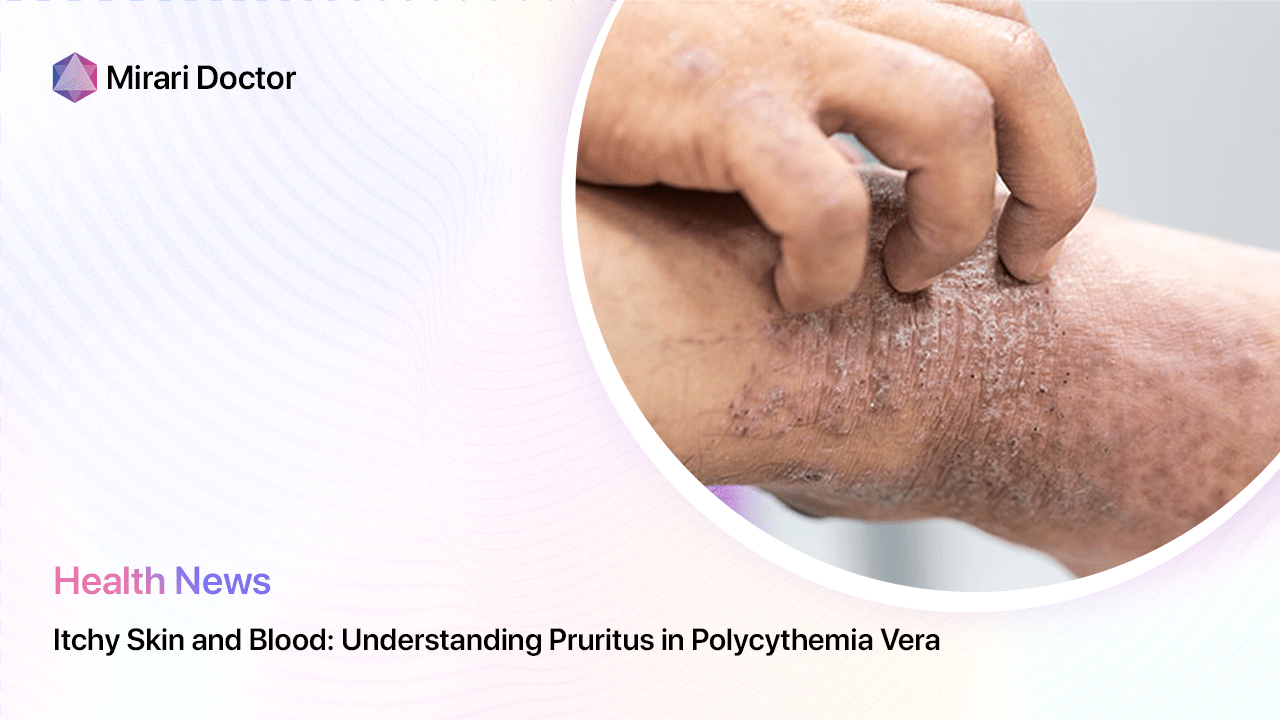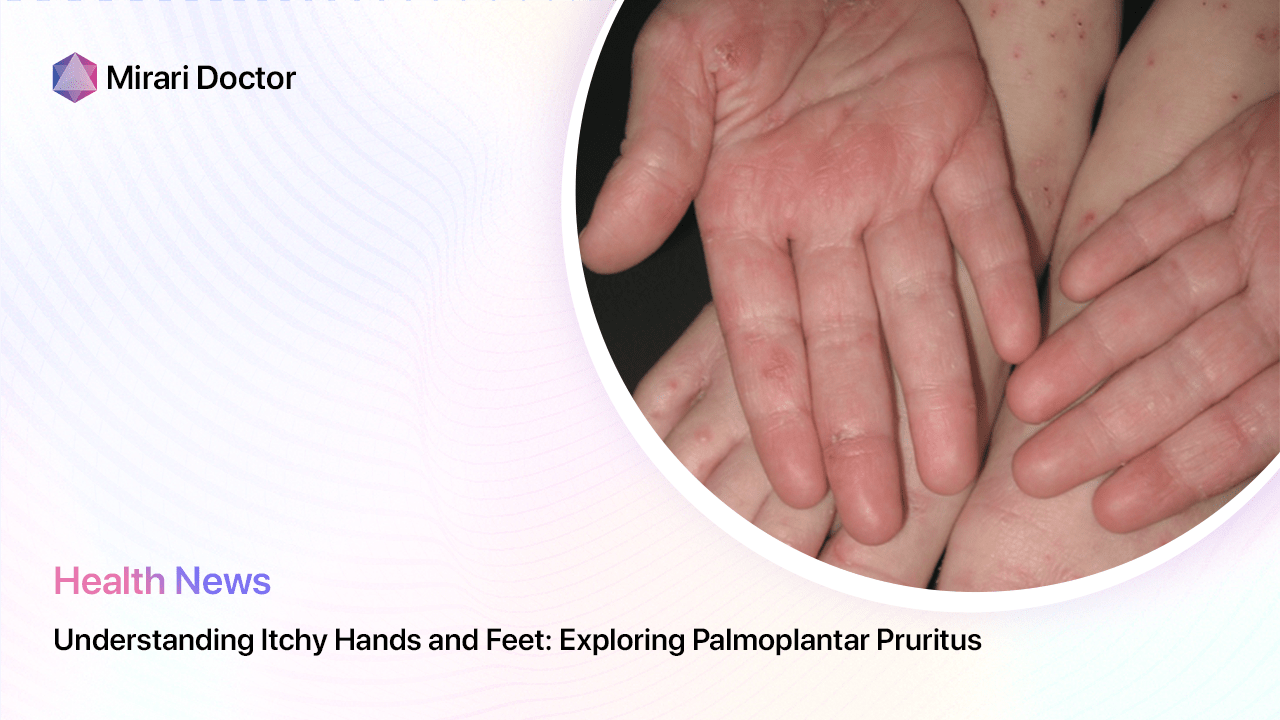
Pruritus, the medical term for itching, is a common and often bothersome symptom that can be caused by a wide range of factors, from skin conditions to underlying health issues. While pruritus can occur anywhere on the body, palmoplantar pruritus is a specific type of localized pruritus that affects the palms and soles of the hands and feet. This article aims to shed light on the potential causes, diagnostic steps, and treatment options for this particular form of itchy hands and feet, emphasizing the importance of seeking professional medical guidance for proper management.
Potential Causes
Common underlying conditions
Several dermatological conditions can contribute to the development of palmoplantar itch, including:
- Eczema: A group of inflammatory skin conditions that cause itching, redness, and dryness
- Athlete’s foot: A fungal infection that typically affects the spaces between the toes and the soles of the feet
- Dry skin: A common issue characterized by a lack of moisture in the skin, leading to itching and flaking
These pruritic skin disorders can be persistent and uncomfortable, greatly impacting the quality of life of those affected.
Internal medical conditions
In some instances, palmar and plantar itching may be a sign of an underlying systemic disease. Some examples include:
- Liver disease: Certain liver disorders, such as primary biliary cirrhosis, can cause pruritus, including on the hands and feet
- Diabetes: Poorly controlled blood sugar levels can lead to various skin manifestations, including localized pruritus
- Thyroid problems: Both an underactive and overactive thyroid gland have been associated with pruritic skin conditions
While mentioning these conditions, it’s crucial to avoid delving into complex medical details that may overwhelm or confuse the reader.
External irritants
Hand and foot pruritus can also be triggered by external factors, such as:
- Soaps and detergents: Harsh or irritating ingredients in personal care products can cause contact dermatitis
- Allergic reactions: Exposure to allergens like nickel, rubber or certain plants can lead to itchy hands and feet
- Environmental factors: Extreme temperatures, humidity, or prolonged water exposure can exacerbate pruritus
Identifying and avoiding these potential triggers is an essential step in managing palmoplantar pruritus.
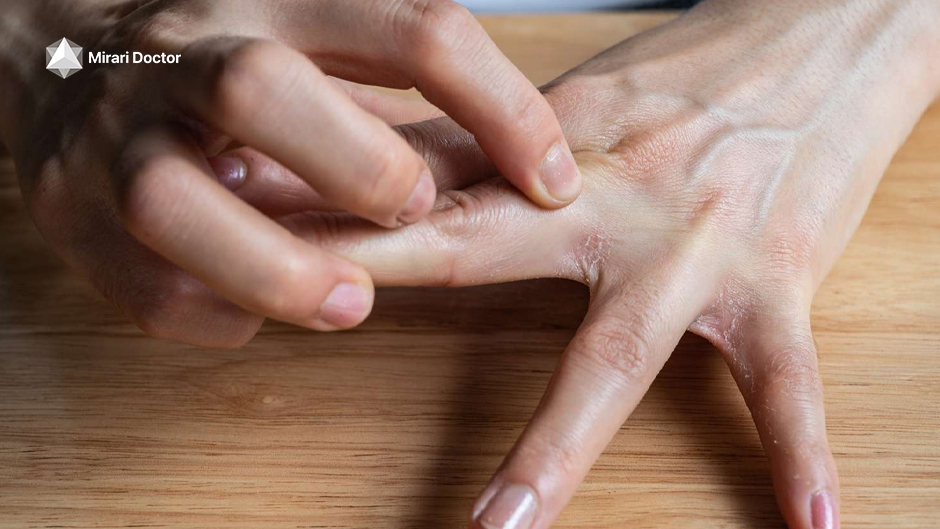
Diagnostic Steps
Importance of consulting a healthcare professional
Given the diverse range of potential causes behind pruritus hands and feet, it is crucial to consult a healthcare professional for an accurate diagnosis. Self-diagnosis or relying solely on online information can be misleading and may delay appropriate treatment. A dermatologist or primary care physician can perform a thorough evaluation, considering the patient’s medical history, symptoms, and physical examination findings.
Potential tests and examinations
To determine the underlying cause of palmoplantar pruritus, doctors may recommend various tests and examinations, such as:
- Skin tests: Patch tests, prick tests, or intradermal tests to identify potential allergens
- Blood tests: To screen for systemic diseases, nutritional deficiencies, or hormonal imbalances
- Skin scrapings or biopsies: To examine skin cells under a microscope signs of infection or abnormalities
While mentioning these tests, it’s important not to provide detailed medical procedures that may be confusing or alarming to the reader.
Treatment Options
Stating that treatment depends on the underlying cause
The treatment approach for palmoplantar pruritus largely depends on the underlying cause identified through the diagnostic process. It is essential to avoid suggesting specific medications or treatment plans, as these should be determined by a healthcare professional on a case-by-case basis. Instead, emphasize that working closely with a doctor is crucial for developing a personalized treatment plan that addresses the root cause of the itching.
Quoting medical professionals
To provide valuable insights without offering direct medical advice, consider incorporating quotes from dermatologists or other medical professionals regarding treatment approaches for different causes of palmoplantar pruritus. For example:
“In cases of eczema-related palmoplantar pruritus, we often recommend a combination of topical corticosteroids, moisturizers, and trigger avoidance,” says Dr. Jane Smith, a board-certified dermatologist. “However, if an underlying systemic disease is suspected, we may need to collaborate with other specialists to address the root cause and the pruritus holistically.”
Addressing User Intent
Not providing medical advice
It is essential to clearly state that the information provided in the article is for general knowledge purposes only and should not be considered a substitute for professional medical advice, diagnosis, or treatment. Encourage readers to use the information as a starting point for discussions with their healthcare provider, rather than attempting to self-diagnose or self-treat their palmoplantar pruritus.
Encouraging consultation with a doctor
Repeatedly emphasize the importance of consulting a healthcare professional for an accurate diagnosis and personalized treatment plan. Highlight that while online resources can provide valuable insights, they cannot replace the expertise and guidance of a qualified medical professional who can assess the individual’s specific situation and needs.
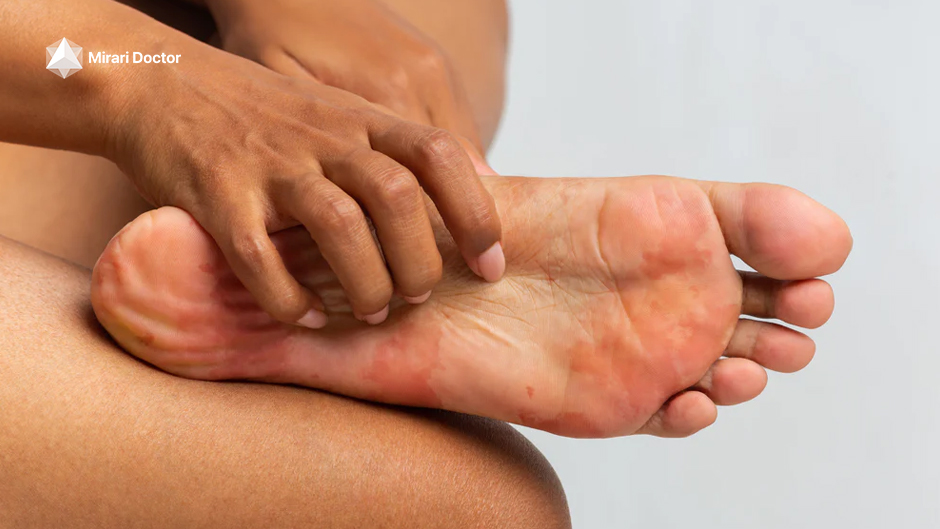
Takeaways
- Palmoplantaruritus is a localized form of pruritus that affects the palms and soles of the ** and feet**.
- Various factors, including dermatological conditions, systemic diseases, and external irritants, can cause itchy palms and soles.
- Consulting a healthcare professional is crucial for obtaining an accurate diagnosis and developing an appropriate treatment plan.
- Treatment options for palmoplantar pruritus depend on the underlying cause and should be determined by a medical professional on a case-by-case basis.
- Seeking prompt medical attention and following a personalized treatment plan are essential for effectively managing pruritus of palms and soles and improving quality of life.
FAQs
What are some common causes of itchy hands and feet?
Common causes of itchy hands and feet include eczema, athlete’s foot, dry skin, liver disease, diabetes, thyroid problems, and allergic reactions to external irritants like soaps or detergents.
When should I see a doctor about itchy hands and feet?
You should consult a doctor if your palmar and plantar pruritus persists despite home remedies, interferes with your daily activities, or is accompanied by other symptoms like redness, swelling, or skin lesions.
What tests might be done to diagnose the cause of my itching?
To diagnose the cause of palmoplantar pruritus, doctors may perform skin tests (patch, prick, or intradermal), blood tests, or skin scrapings/biopsies. The specific tests recommended will depend on your individual situation and the suspected underlying cause.
Are there any home remedies that can help with itchy hands and feet?
Some home remedies that may provide relief for palmoplantar itch include moisturizing regularly, using mild soaps, avoiding hot water, and applying cold compresses. However, if the itching persists or worsens, it’s essential to consult a healthcare professional for proper diagnosis and treatment.
Where can I find more reliable information about palmoplantar pruritus?
Reliable sources of information about palmoplantar pruritus include:
- Dermatology organizations and websites, such the American Academy of Dermatology or the British Association of Dermatologists
- Peer-reviewed medical journals that publish research on pruritus and skin disorders
- Your healthcare provider, who can offer personalized information and guidance based on your specific situation
Remember, while online resources can be informative, they should never replace the advice and care provided by a qualified medical professional.
Related articles
Made in USA




